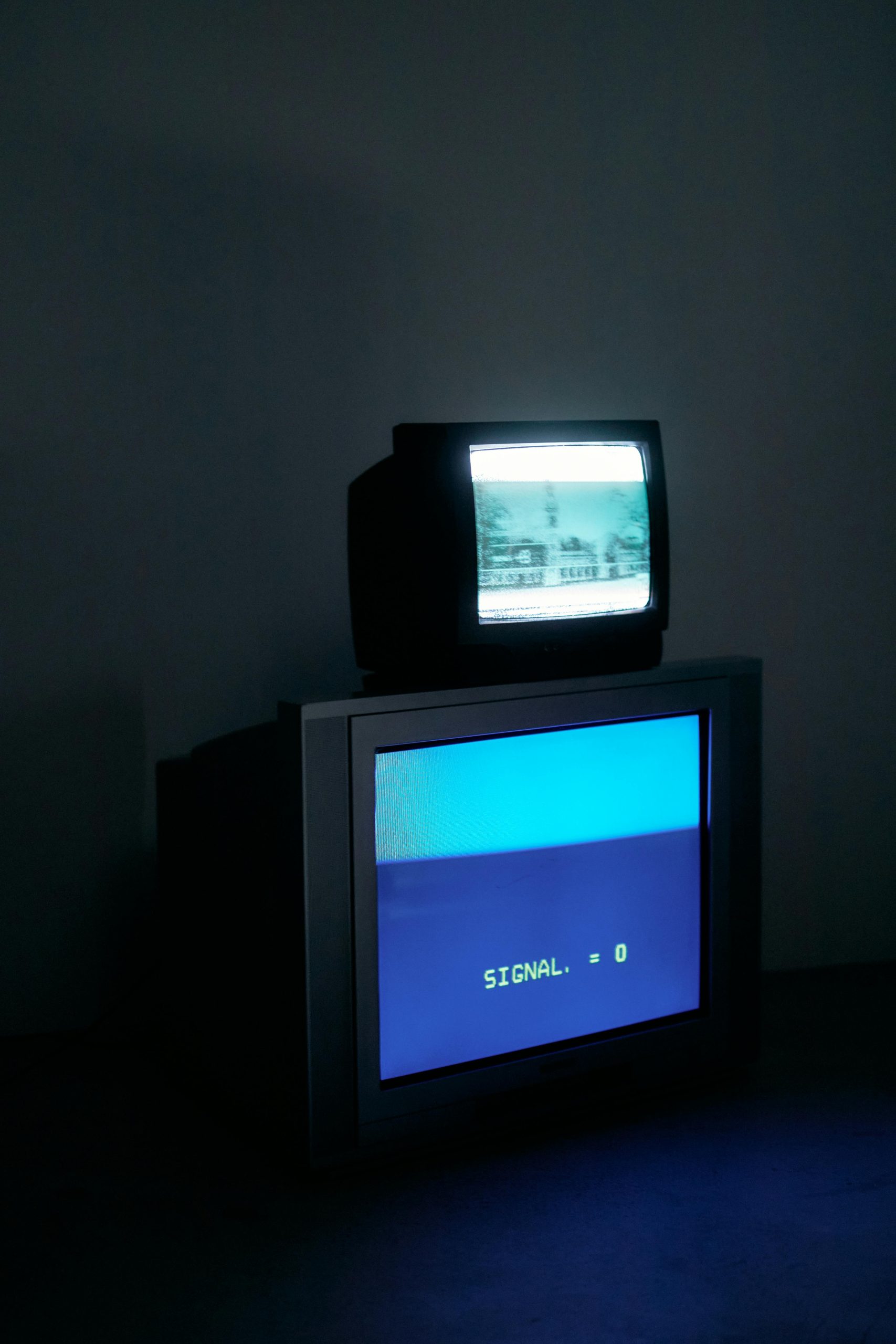Troubleshooting the “No Signal” Issue on Your Computer
Experiencing a “No Signal” message on your monitor can be incredibly frustrating, especially when your computer seems to start up without issues. If you’ve found yourself in this situation, you are not alone. Here’s a comprehensive guide to help you diagnose and resolve this common problem.
Understanding the Issue
When you power up your computer, all systems may appear to be functioning correctly. However, if your monitor displays a “No Signal” message, it indicates that the device is not receiving video input. This can stem from various factors, and diagnosing the root cause is essential for finding a solution.
Steps to Diagnose the Problem
-
Check Your Connections: Start by inspecting the physical connections between your computer and the monitor. Ensure that all cables are securely plugged in. If possible, reconnect the HDMI or display cables to ensure there are no loose connections.
-
Test with Multiple Monitors: If you have access to more than one monitor, trying them out can help determine if the issue lies with the monitor itself or the computer’s output capabilities.
-
Swap HDMI Cables: You’ve indicated you’ve already tried different HDMI cords, but make sure they are functional. Trying cables known to work with other devices can eliminate cable issues as a potential cause.
-
Examine the Input Source: Confirm that your monitor is set to the correct input source. Sometimes, the input settings might have changed, leading the monitor to look for signals from the wrong port.
-
Inspect the Graphics Card: If your computer has a dedicated graphics card, it’s worth checking that it’s properly seated in its slot. If it seems loose, carefully reseat it. Additionally, ensure that any necessary power connections to the graphics card are secure.
-
Safe Mode Boot: Try booting the computer in Safe Mode. This can sometimes help identify whether the issue is related to installed drivers or software conflicts.
-
Monitor Power Supply: Ensure your monitor is powered on and that the power supply is functioning correctly. Sometimes the simplest checks are overlooked!
Seeking Further Assistance
If you’ve exhausted these troubleshooting steps and the problem persists, there could be deeper issues at play—such as hardware malfunctions or software errors. At this point, consulting with a professional technician or seeking advice from online forums can provide you with additional insights.
Conclusion
Dealing with a “No
Share this content:




Additional Tips for Troubleshooting “No Signal” Issues
If the basic steps above do not resolve the problem, here are some advanced troubleshooting suggestions:
If after these steps the issue persists, it may be necessary to seek professional hardware diagnostics to identify potential component failures.